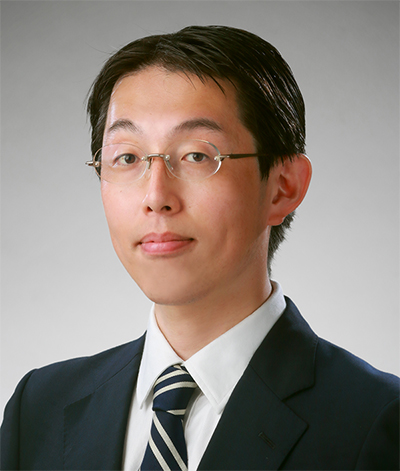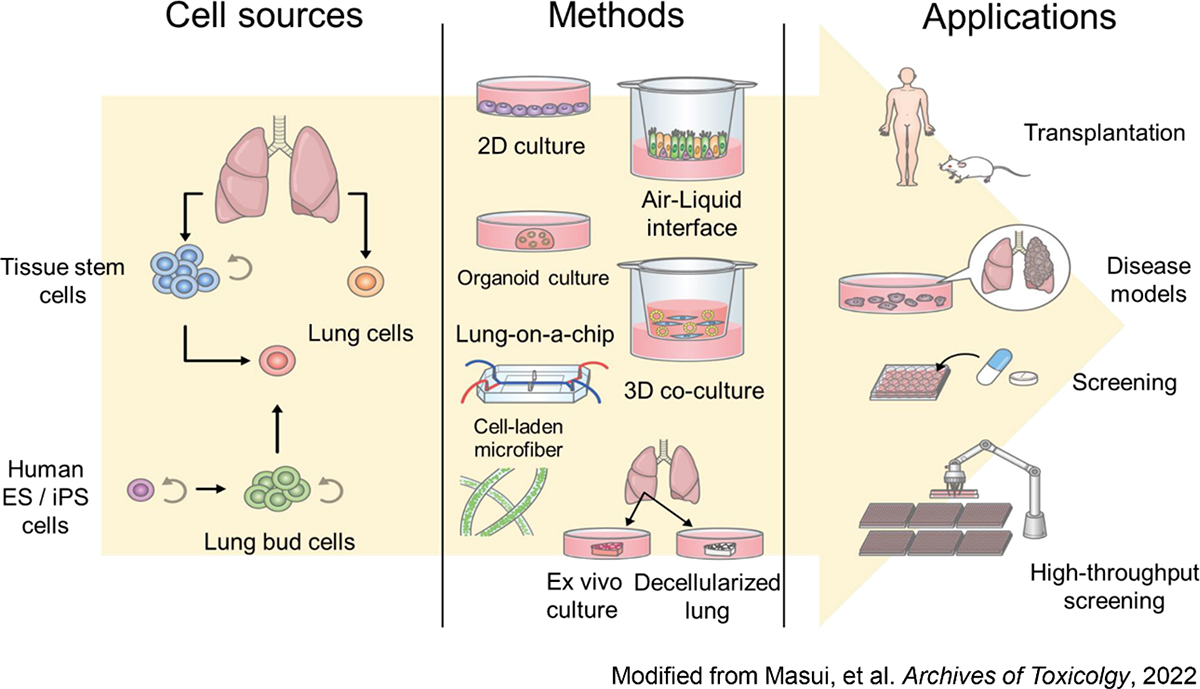
Research Activities
Research Activities
Principal Investigators
Dept. of Clinical Application
Shimpei Gotoh (Professor)

Shimpei Gotoh M.D., Ph.D.
- Lab Website
- Research Progress in FY2024
- Contact: gotoh-g*cira.kyoto-u.ac.jp
- Please change * to @
Research Overview
We are using iPS cells to study the lung, which can be divided into two major specialized tissues: the airways and the alveoli. The airways have a function called mucociliary clearance to remove foreign substances and pathogens, and the alveoli contribute to gas exchange by bringing oxygen into the body and expelling carbon dioxide. These functions are supported by interactions between various lineage cells. Although still not fully understood, the disruption of these interactions often leads to diseases. We have been tackling such issues, starting with the deriving methods to generate airway and alveolar cells from iPS cells.
Based on the knowledge we have obtained thus far, we are currently working on two major approaches to convert iPS cell technology into a clinically useful one. The first is to understand the mechanism of diseases by recapitulating intractable respiratory diseases in vitro. We hope to find effective diagnostic and therapeutic methods using human iPS cell-derived cells, which has been difficult to do with mice and other experimental animals alone. The other is the development of technology to regenerate damaged lung tissues in vivo. We are working on a transplantation study to determine if animal lung functions can be restored using human iPS cell-derived lung cells. Lung transplantation has been the ultimate therapeutic strategy for intractable lung diseases when criteria are met, but the donor shortage has become a serious problem worldwide. Various methods for lung reconstruction are still underway. The salient advantage of iPS cells is their potential to produce as many cells as needed for research and clinical applications. We hope to test various new applications using iPS cells with the potential to become useful technologies for new diagnosis and treatment.

























